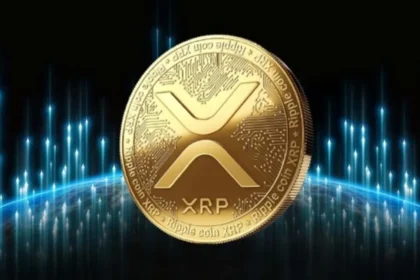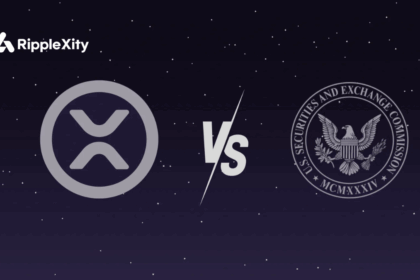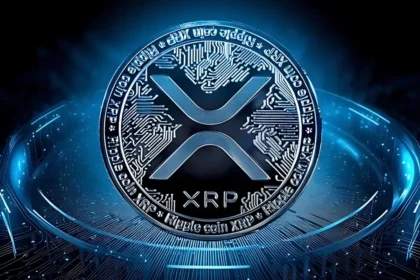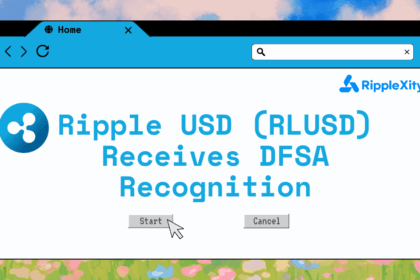As central banks around the world race to modernize their monetary systems, Central Bank Digital Currencies (CBDCs) are moving from research papers to real-world pilots. These digital versions of national currencies promise faster transactions, greater financial inclusion, and programmable money — all under a government’s regulatory framework.
While many blockchains claim to be CBDC-ready, Ripple stands out with a clear strategy, working prototypes, and real partnerships with central banks.
Through its robust infrastructure and the XRP Ledger (XRPL), Ripple is positioning itself as a key enabler of the global shift toward sovereign digital currencies.
What Are CBDCs?
CBDCs are digital versions of fiat currencies — like the U.S. dollar, euro, or rupee — issued and regulated by central banks. Unlike cryptocurrencies, they are:
- Legal tender backed by the state
- Fully compliant with monetary policy
- Designed to work alongside traditional banking systems
CBDCs aim to:
- Increase payment efficiency
- Enable financial inclusion
- Reduce cash usage and costs
- Improve cross-border settlements
Ripple’s CBDC Strategy: Practical, Scalable, Compliant
Ripple offers a dedicated CBDC Platform, based on the private version of the XRP Ledger. This allows central banks to:
- Issue and manage digital currency
- Set transaction rules and limits
- Enable offline payments and interoperability
- Integrate with existing financial infrastructure
The platform is customizable, secure, and built for scale — combining the benefits of blockchain with the control central banks require.
Real CBDC Collaborations: Beyond the Whitepapers
Unlike most blockchain platforms that are still “open to CBDC interest,” Ripple has already partnered with multiple governments:
🇧🇹 Bhutan
Ripple partnered with the Royal Monetary Authority to pilot a digital ngultrum on a private XRPL sidechain — focused on cross-border remittances and financial inclusion in rural areas.
🇵🇼 Palau
Ripple is working with the Republic of Palau to launch a USD-backed digital currency, aimed at promoting financial access and simplifying government payments.
🌍 Ongoing Engagements
Ripple has also revealed that it is in talks with over 20 central banks regarding potential CBDC pilots — a sign of growing institutional confidence in its infrastructure.
Why Ripple for CBDCs?
Ripple’s infrastructure is uniquely suited for CBDCs because of its:
- ⚡ Speed: Instant finality within seconds
- 🔐 Security: Proven ledger with robust validator model
- 🧩 Interoperability: Built to bridge with other blockchains and payment systems
- 🧱 Tokenization-Ready: Native support for asset issuance
- 📊 Regulatory Alignment: Ripple focuses on compliance and enterprise adoption
Ripple also integrates Interledger Protocol (ILP), allowing CBDCs to connect across banking systems, blockchains, and digital wallets, further enhancing global interoperability.
The Big Picture: A Digital Monetary World
CBDCs will redefine how citizens, banks, and governments interact with money — bringing programmable features, faster stimulus disbursements, real-time tax collection, and borderless trade.
Ripple is not just offering a platform — it’s providing the tools, partnerships, and regulatory foresight needed to launch real, sovereign-grade digital currencies.
As countries prepare to digitize their economies, Ripple is quietly laying down the rails of tomorrow’s monetary system.
Final Thoughts
CBDCs are not just a trend — they are an inevitable evolution of money.
Ripple’s commitment to scalability, compliance, and interoperability gives it a major advantage in the race to digitize global finance.
At Ripplexity, we’ll continue to track how Ripple helps governments move from concept to reality — one digital currency at a time.










